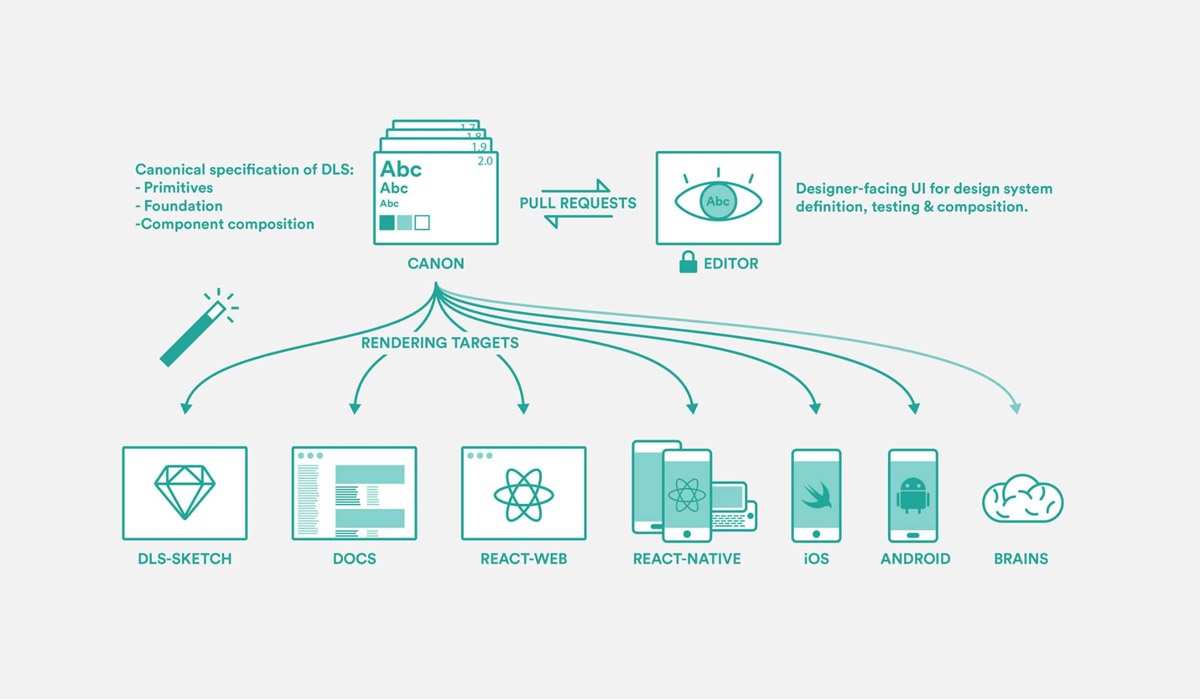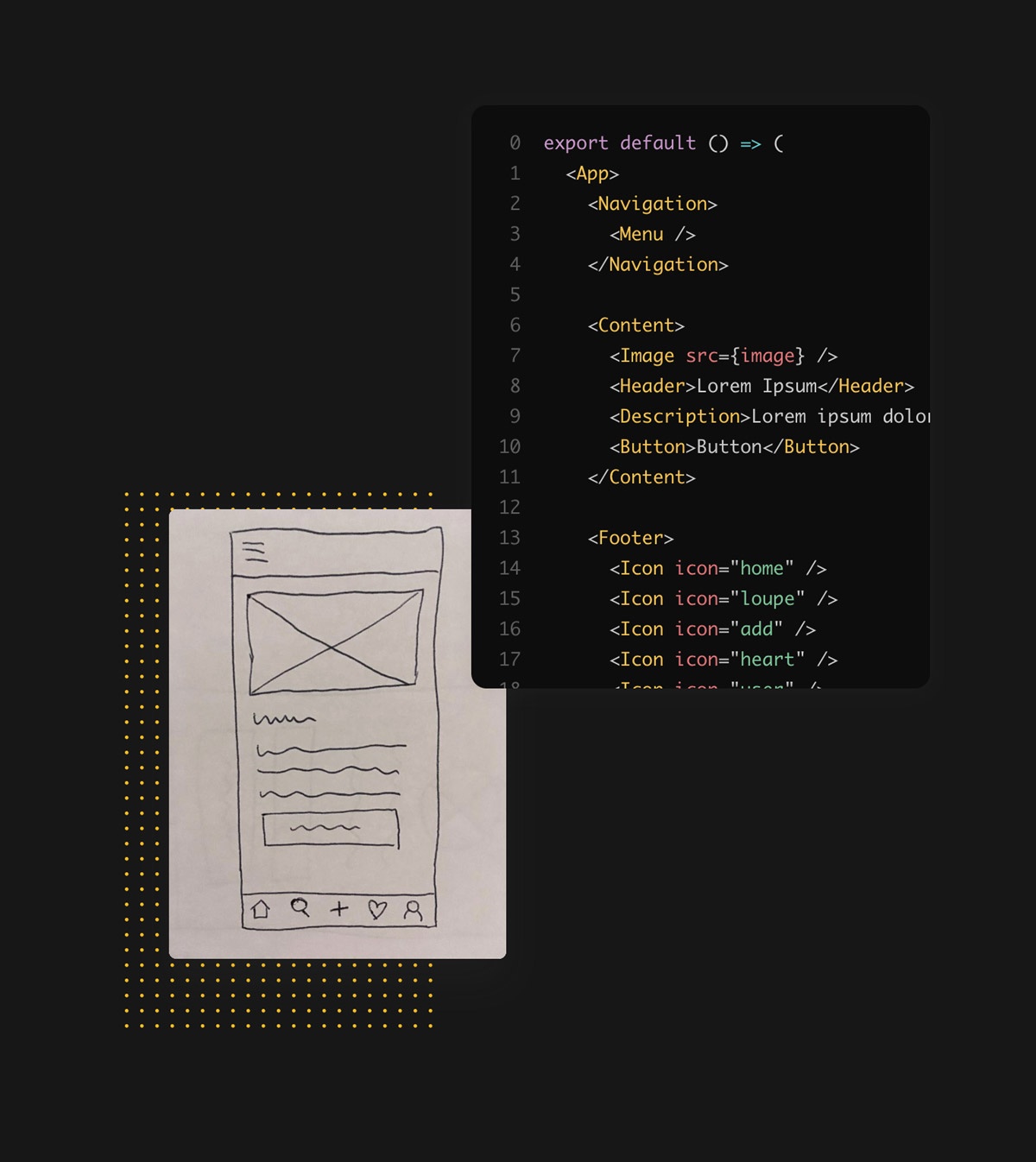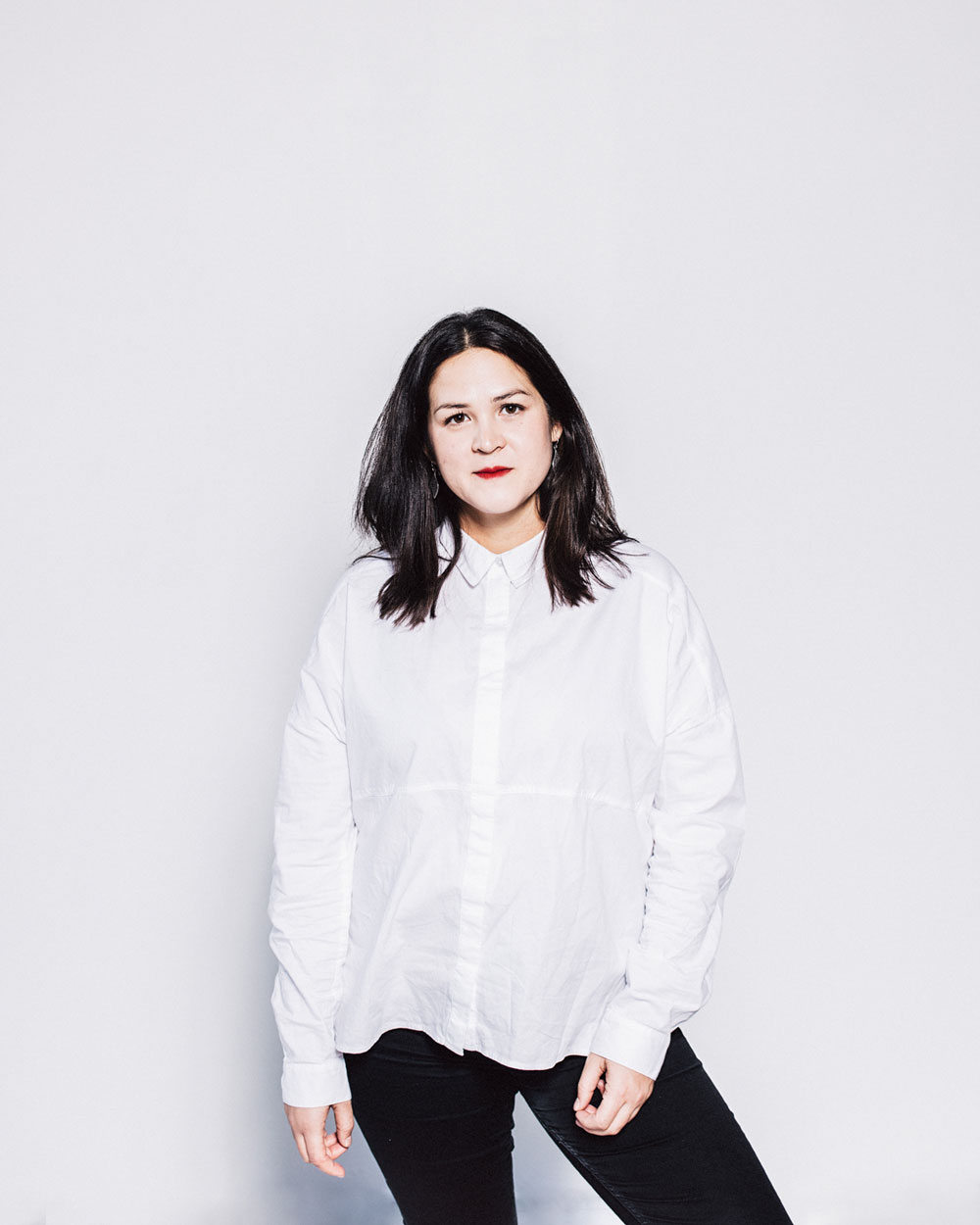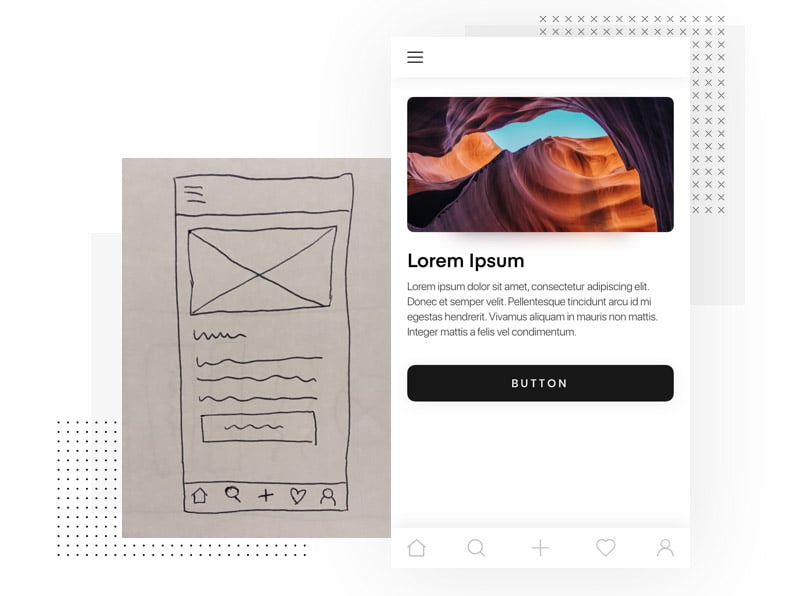The Data Handbook
How to use data to improve your customer journey and get better business outcomes in digital sales. Interviews, use cases, and deep-dives.
Get the book
During this year, we’ve explored several design topics around design systems in a series of blog posts. In this last post, we’ll have a look at what the future of design systems might look like.
Openness and Transparency
One key factor of the future is that in the same way as open source development has become a new standard for coding, design has started to follow the same trend. We have seen large companies like Airbnb, IBM, Atlassian, and MailChimp making their design systems available and open on the web for everyone to encourage creative freedom and for others to learn from ongoing learnings on how to make design more accessible with more clarity and efficiency.
Instead of keeping design as a secret in-house, locked up within a small team, design practices, systems and tools, are now being opened up in many places. Not only to the public but design has also become transversional across different teams. MailChimp recently redesigned their brand and have an excellent example of an online design system that will help them to transform their new visual identity and get the new brand adapted across their products and web presence. As Alex Schleifer (Head of Design at Airbnb) puts it:
“Here’s the simple truth: you can’t innovate on products without first innovating the way you build them.”
Most companies want to build innovative, ground-breaking products that will change the lives of their customers. But how can this be done if we don’t first take a step back and think about how we make things? This goes for both ways-of-working, the tools that we use, and how we use them. The way designers build must be reconsidered to match the vision of future.

The flow above illustrates how design systems could be translated into an organisation.
The rise of “self-designing” tools
What we have seen coming up lately are “self-designing” tools. Like this startup Uizard where you can draw wireframes on paper, take a picture and then the software will automatically render it into a digital design and even front-end code.
Airbnb released a similar tool, an open source library called React Sketch.app which you can download and try yourself here.

The two images above are from React Sketch.app and illustrate the single source of truth concept proposed by the Design Tools team at Airbnb, originally illustrated by Jon Gold.
From sketch to design and code in seconds
So what does this mean? That we will replace our UX & UI designers and that everyone can be a designer? No, it’s not that easy. Our team previously tested the Airbnb tool (you can read more about the findings here), and noticed that the code and results rendered by these programs are far away from being usable as they are, but should be seen more as tools for concepting and collaborative work between business people, designers and developers.
What it will mean, though, is that these tools will open up a new way of prototyping and collaborating. A future where we go back to pen and paper (yes!), gather ideas in the same room where everyone can draw their vision on a piece of paper. We can then speed up the process and in seconds have quick design mock-ups and initial code to start with the project. I can see it as a more fun way of collaborating where designers don’t need to sit in a silo guessing what the vision should be. A future where we all can come together and create.
I can see the value of incorporating this or at least trying it out in workshops and concept work. Quick validation will bring the whole design process up to speed. Decisions can be made faster and designers can get on the right track more quickly. Creative assets or “blocks” that are being created can then be used and saved into the design system so more people can share their input and help to build the system.
Will AI and machine learning make design redundant?
Some people are scared of what AI and the rise of machines will do to our current jobs and future. And it’s hard to talk about design systems and intelligent software without including AI or machine learning.
I believe that design has a lot of different nuances. We solve complex problems, and create rules which we then break. We incorporate business thinking into pragmatic solutions taking into account the customer experience, back-end systems, sales, marketing, conversion rates and customer service. We create flexible solutions adapted to the brand, the context we live in and hopefully something that can scale as well.
At the end of the day, machines will do what we have taught them to do. So we might see that these tools replace tasks which we find boring and are repetitive. This will help us to save time, and let us focus on creativity and solving critical strategy challenges.
Perhaps we should look at AI not as “artificial” but more as “augmented intelligence”. Tools that will extend the designer’s skillset so we can get more creative freedom by automating those repetitive tasks that take our energy and time.
Finishing words
We have a great opportunity here to make design thinking, processes and tools more accessible for everyone. Not only to internal teams but also to companies, freelancers and schools. We will soon, for example, have camera apps that can take pictures and analyse colours, settings and shapes into design elements which we can use. Making us perhaps more aware of the design that’s already around us naturally — perhaps it will make us understand why we like certain settings and translate it into a design system so it can be re-used. This will be the case for digital solutions, but I can also see potential in designing architectural buildings and in physical spaces.
FastCompany shared 9 ideas of shaping the future of design where designers' future is described as between utopia and oblivion. So in the end, the future of design systems will not replace designers but instead give us more creative freedom and time to create great experiences. Design systems can transcend the limits of one single company by sharing standards and tools to the public. This can then speed up the process for everyone as we don’t need to create systems from scratch. The future of design systems is adaptive and intelligent, context-aware and can also compose themselves, “self-creating designs”, as I call it. This can then reduce our workload and we will co-exist with truly AI-powered design where we meet together: designers, businesses and machines.
If you are interested in our other Design Systems topics, you can find links to the previous topics below:
2. Design System - What Is It and What It Means to Have One
3. Design Systems As Drivers for Cultural Change – Case IBM
4. Adventures in Design System Wonderland – Where to Start: Design & Development Perspective
5. Three Tools that Bridge the Gap between Designers and Developers
The Data Handbook
How to use data to improve your customer journey and get better business outcomes in digital sales. Interviews, use cases, and deep-dives.
Get the book




